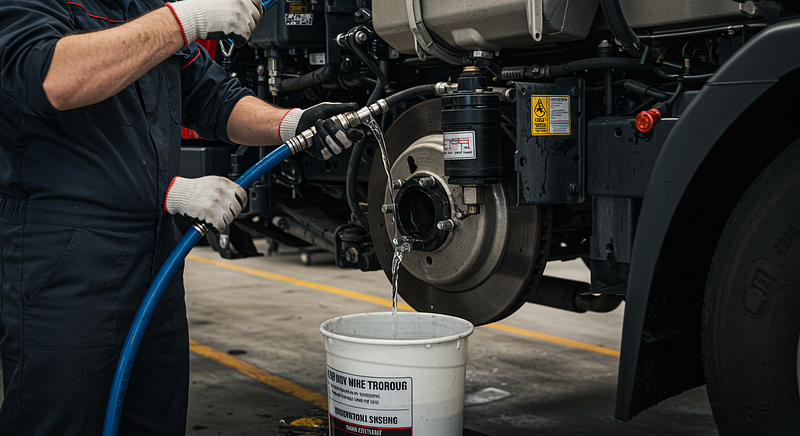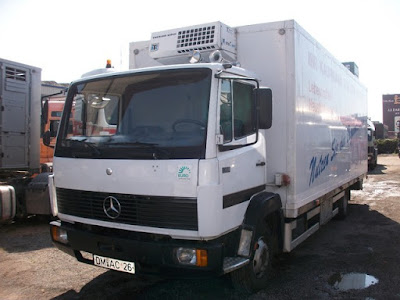The Critical Importance of Draining the Wet Tank in Truck Air Brake Systems

When it comes to truck safety, few systems are more vital than the air brake system. Among its components, one often overlooked yet critical part is the wet tank, also known as the primary air reservoir. For truck and tractor-trailer drivers, regularly draining the wet tank is not just a maintenance step — it’s a safety essential that can prevent brake failure, reduce repair costs, and even save lives.
What is the Wet Tank?
In heavy-duty trucks with air brake systems, the wet tank is the first air reservoir where compressed air from the compressor is stored. As the air passes through the system, it carries moisture and oil vapor — byproducts of air compression.
The wet tank acts as the first line of defense, collecting most of this moisture and oil before it reaches other parts of the brake system, like the service and emergency reservoirs.
Why Does Moisture Accumulate?
Air compression naturally creates condensation. Even with an air dryer installed, some water, oil, and dirt particles slip through. If these contaminants aren’t removed, they settle in the wet tank — and over time, they can travel into the entire brake system.
What Happens If You Don’t Drain the Wet Tank?
1. Brake Failure Risk
Moisture in the air lines can freeze in cold weather, blocking air flow to the brakes or causing lines to crack. This can lead to partial or complete brake failure, especially when descending steep grades.
2. Corrosion and Rust
Water sitting in the tank promotes internal rust, which can damage valves, lines, and brake chambers. Rust flakes can block air valves or cause premature wear.
3. Reduced Brake Performance
Even small amounts of moisture and oil can reduce the efficiency of brake application, leading to delayed stopping times — a major safety hazard.
4. Costly Repairs
Replacing clogged valves, cracked lines, or damaged reservoirs can cost thousands. Worse still, a failure during operation can lead to accidents and expensive legal consequences.
How Often Should Drivers Drain the Wet Tank?
Experts recommend draining the wet tank daily or at the end of every shift, especially in humid or cold environments. Most tanks come with manual drain valves at the bottom — though some fleets use automatic moisture ejectors.
Tip: Make it part of your pre-trip or post-trip inspection routine. It takes less than 5 minutes and protects your entire brake system.
What the Law and Best Practices Say
In many countries, including Nigeria, the Federal Road Safety Corps (FRSC) emphasizes vehicle roadworthiness, which includes functional braking systems. In the U.S., the Federal Motor Carrier Safety Administration (FMCSA) mandates regular inspection and maintenance of brake systems.
If a truck is found with excess moisture or contaminated air lines, it can be declared unroadworthy — affecting both the driver and the transport company.
How to Drain the Wet Tank Safely
- Ensure the truck is parked on level ground.
- Turn off the engine and allow air pressure to drop.
- Wear gloves and safety gear.
- Open the drain valve at the bottom of the wet tank — listen for the release of air and moisture.
- Let it drain fully, then close the valve tightly.
- If using an automatic drain valve, inspect it regularly to ensure it’s functioning properly.
Benefits of Regularly Draining the Wet Tank
- Improved brake performance
- Longer lifespan of brake components
- Reduced risk of costly breakdowns
- Increased vehicle safety and compliance
- Peace of mind for drivers and fleet operators
Final Thoughts: Small Habit, Big Impact
In trucking, the smallest habits often carry the biggest consequences. Draining the wet tank might seem like a routine chore, but it’s a first line of defense against brake failure. For any professional truck driver, it’s a sign of responsibility, skill, and care for the vehicle — and for every life on the road.
Safe trucks start with smart drivers. Never forget to drain your wet tank.



Comments
Post a Comment